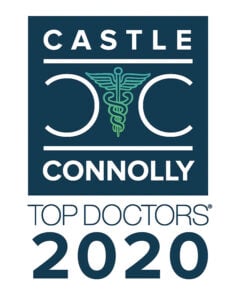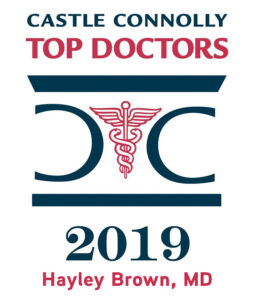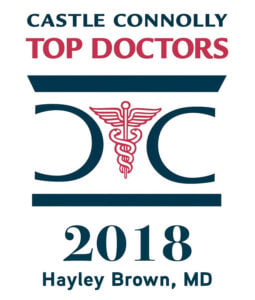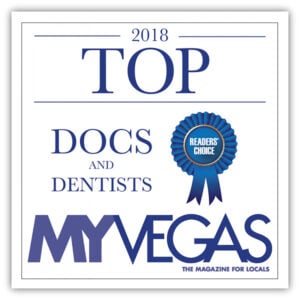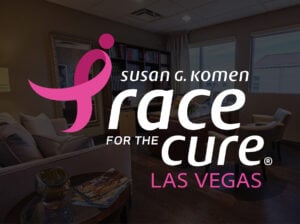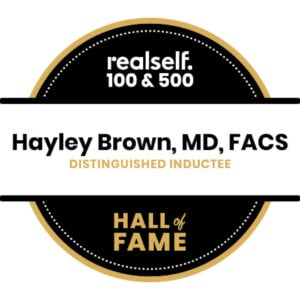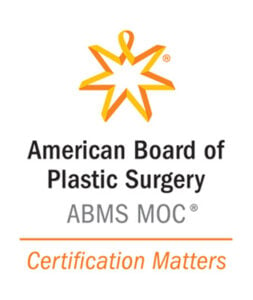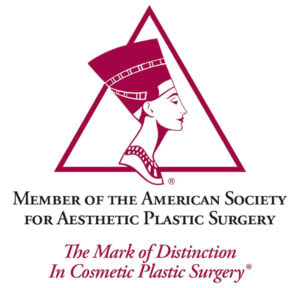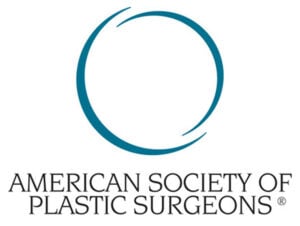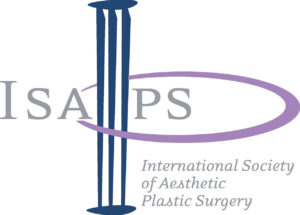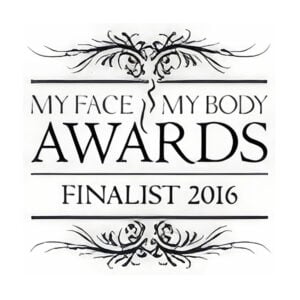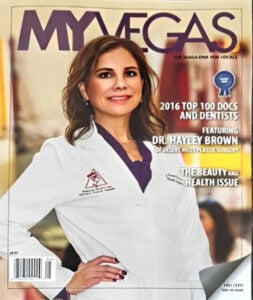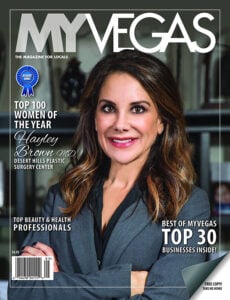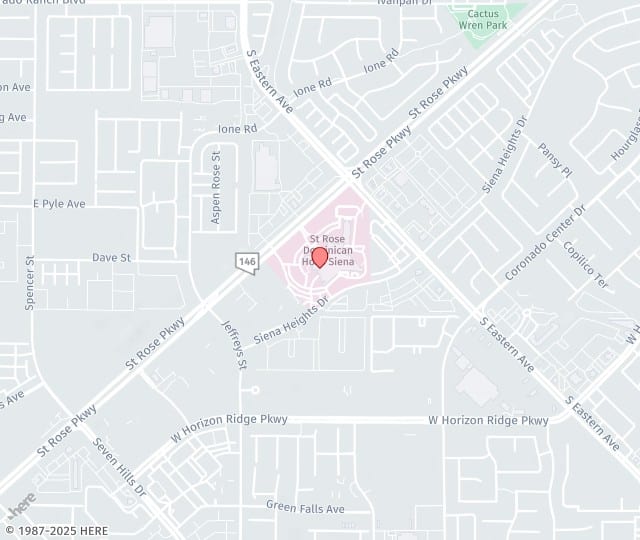Board-Certified Female Plastic Surgeon Specializing in Breast Lift, Breast Reduction, and Implant Removal. Serving Las Vegas, Henderson, and Nearby Areas of Nevada
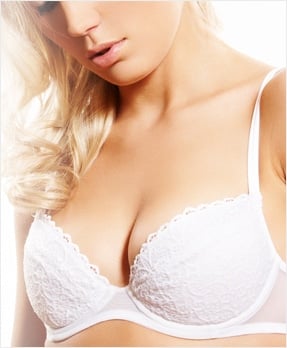
Women choose to undergo breast enhancement surgery for various reasons. Most commonly, women experience appearance changes affecting their breasts from normal aging, gravity, weight fluctuation, pregnancy, and breastfeeding. Many women may perceive themselves to be small-breasted and want larger, fuller breasts and a more shapely figure.
Many women with asymmetrical, genetically pointy, saggy, or tuberous breasts significantly benefit from breast contouring. Other individuals have breasts that are too large or pendulous, and they interfere with clothing choices, exercising abilities, and can often result in back pain, neck pain, shoulder pain, or even shoulder grooving from bra straps.
With so many breast enhancement options to choose from, it's important to speak with experienced professionals who can discuss which procedure is right for you. Please call 702-260-7707 today to arrange a consultation with Las Vegas board-certified plastic surgeon Dr. Hayley Brown.
Types of Breast Enhancement
There are various techniques and options to improve the appearance and contour the breasts. Breast enhancement is a rapidly growing area of cosmetic plastic surgery.
Dr. Brown offers the following breast procedures to Las Vegas area patients:
Breast Augmentation With Implants
If you want to increase the size of your breasts, breast augmentation is the most effective procedure. This surgery involves the placement of implants uniquely sized to you to help you achieve breast symmetry or increase your breast size. In other cases, breast augmentation can also help rebuild the breasts after surgeries such as a mastectomy.
Breast Lift
If you struggle with sagging, drooping, or unevenness with your breasts, you may be interested in a breast lift. Also known as mastopexy, this procedure involves raising the breast position, removing excess skin, and tightening the surrounding tissue for more support. Many women seek out a breast lift after pregnancy and breastfeeding. Some women may experience a change in their breast position and skin elasticity as they age. A breast lift can help restore shape and firmness to the chest area.
Breast Augmentation With Lift
When you get a breast augmentation and a lift at the same time, you can increase breast size and reposition them simultaneously. Combining these two procedures saves time during surgery and recovery – you only need to heal once. Plus, the added lift will ensure that your larger breasts from the implants look balanced and remain properly positioned.
Breast Implant Revision
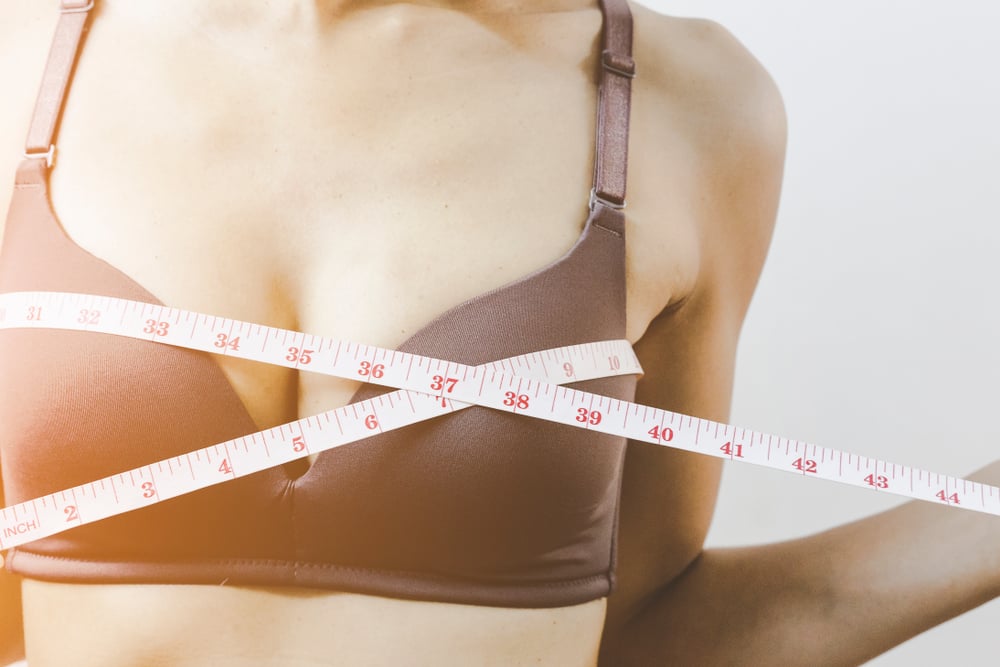
The breast implant revision procedure is designed to replace old breast implants with new implants, as well as replace implants that may have experienced complications such as a leak or a rupture. Breast implants should be replaced every 10-15 years. Getting a revision after the 10-to-15-year window can also help ensure that your breasts maintain their appearance and size.
Breast Reduction
Some women struggle with enlarged breasts. Having larger breasts may impact your overall health and daily lifestyle, making things such as exercise, wearing clothing, and physical activity difficult. A breast reduction procedure focuses on reducing the overall size of the enlarged breasts by removing skin and tissue. It allows us to reshape and elevate a smaller, more proportional breast size for you.
Nipple Reduction
Nipple reduction surgery reduces the size and projection of overly large or prominent nipples. This quick, less-than-an-hour procedure can be performed in-office or alongside other breast surgeries. It offers immediate results with minimal downtime. Ideal candidates include those with stretched nipples due to pregnancy, breastfeeding, or genetic factors. If areola reduction is also needed, we can perform both procedures simultaneously. This surgery is typically advised after you have completed breastfeeding.
Breast Implant Removal
Breast implant removal is usually done to resolve complications such as implant leaks and ruptures and remove breast capsules - the scar tissue that forms after a breast implant is placed. If you are someone who is constantly experiencing pain, shifting, discomfort, or visible changes with your breasts, you may need breast implant removal. You can also ask for this procedure simply because you decide you no longer wish to have implants for any reason.
Breast Implant Removal With Lift
When a breast implant is removed, the remaining tissue and skin on your natural breast can appear droopy or saggy due to holding the added volume of the implant. Luckily, many women choose to pair their breast implant removal procedure with a breast lift to fix this issue. Once your implant is removed, Dr. Brown will focus on lifting and repositioning the skin to achieve a more elevated, youthful look.
Who Is the Ideal Candidate for a Breast Enhancement?
During your consultation, Dr. Brown will meet with you to discuss your medical history, analyze your breasts, talk through your aesthetic goals, and determine your candidacy. Ideal candidates for breast enhancement should:
- Be in overall good health.
- Have completed having children and breastfeeding.
- Have fully developed breasts.
- Be able to maintain a stable weight.
- Maintain realistic expectations regarding the appearance of your results.
Although breast enhancement procedures are safe and effective, they may not be for everyone. You may not qualify for breast enhancement surgery if you:
- Are currently pregnant or breastfeeding.
- Have breast cancer or an abnormal mammogram.
- Are currently battling an infection.
- Struggle with body dysmorphia or have unrealistic expectations for your results.
- Have an underlying health condition that may complicate recovery from surgery.
About Las Vegas Breast Surgeon Dr. Hayley Brown
Dr. Hayley Brown is a board-certified plastic surgeon who specializes in cosmetic surgery of the breast. She is an active member of the American Society of Plastic Surgeons (ASPS) and the American Society for Aesthetic Plastic Surgery (ASAPS). Membership in the American Society for Aesthetic Plastic Surgery is by invitation only and is limited to ABPS-certified surgeons who demonstrate wide experience in major aesthetic surgical procedures such as breast augmentation, saline and silicone breast implants, breast lift (mastopexy), augmentation mastopexy (breast lift with implants), breast implant removal, and breast reduction.
Dr. Brown is passionate about her work and committed to providing expert care, focusing on patient safety while delivering the best possible cosmetic outcome. She believes:
"It is not all about achieving a patient’s short-term aesthetic goals – long-term stability in surgical results is also a priority."
Our plastic surgery procedures are carried out by board-certified MD anesthesiologists in advanced, accredited outpatient surgery centers in Henderson and Las Vegas, Nevada. These facilities meet the highest standards for safety and quality.
"It is not all about achieving a patient’s short term aesthetic goals – long-term stability in surgical results is also a priority."
Dr. Brown’s Patient Discusses Her Breast Surgery

Patient Testimonial
"Dr Brown is extremely experienced and realistic with her patients. Everyone is so welcoming and sweet every time I have gone in to pre and post op consultations. Very warm environment with everyone laughing and having fun in the office! She has been so accommodating to me through my whole experience and I am extremely grateful."
Frequently Asked Questions:
What Happens During a Consultation?
During a consultation with Dr. Hayley Brown, you will talk about your medical history, current health status, and aesthetic goals. Dr. Brown will conduct a physical examination of your breasts and provide you with detailed information about the various breast enhancement options available. She’ll address any questions or concerns you have and help you decide the best approach to achieve your desired results.
Can You Finance Breast Enhancement Surgery?
Yes, we understand that breast enhancement surgery is a significant investment. To make the process more affordable, we offer a variety of financing options. These plans are designed to fit different budgets and can include low monthly payments or extended payment terms. Find out more about our financing options here.
How Long Is the Recovery Time After Breast Enhancement Surgery?
Recovery time varies depending on the specific procedure and individual factors, such as your overall health and how well you follow post-operative care instructions. Generally, patients can expect to return to light activities within one to two weeks and resume more strenuous activities after four to six weeks. Full recovery, including the final settling of implants or the full effect of a lift, may take several months.
How Long Do Breast Implants Last?
Breast implants are not considered lifetime devices. They typically last between 10-20 years. Regular check-ups with your plastic surgeon and self-exams are important to monitor the condition of the implants. If there are any signs of complications, such as changes in breast shape or discomfort, a revision surgery may be necessary.
Can I Breastfeed After Breast Enhancement Surgery?
Many women are able to breastfeed after breast enhancement surgery, but it can depend on the type of surgery and incision method used. Incisions made around the areola, for example, may impact milk ducts and nerves. Discuss your plans to breastfeed with Dr. Brown during your consultation so she can tailor the surgical approach to best preserve your ability to breastfeed.
What Are the Risks Associated With Breast Enhancement Surgery?
As with any surgical procedure, there are risks associated with breast enhancement surgery. These can include infection, changes in nipple or breast sensation, implant leakage or rupture, capsular contracture (scar tissue that forms around the implant), and scarring. Dr. Brown will thoroughly discuss all potential risks and complications with you during your consultation and provide detailed instructions on how to minimize these risks and ensure a smooth recovery process.
Schedule a Client Consultation in Las Vegas, NV
If you have questions about breast surgery, please contact Dr. Hayley Brown at Desert Hills Plastic Surgery Center online or by calling 702-260-7707. Dr. Brown serves patients from Henderson and surrounding areas in Las Vegas, Nevada.


